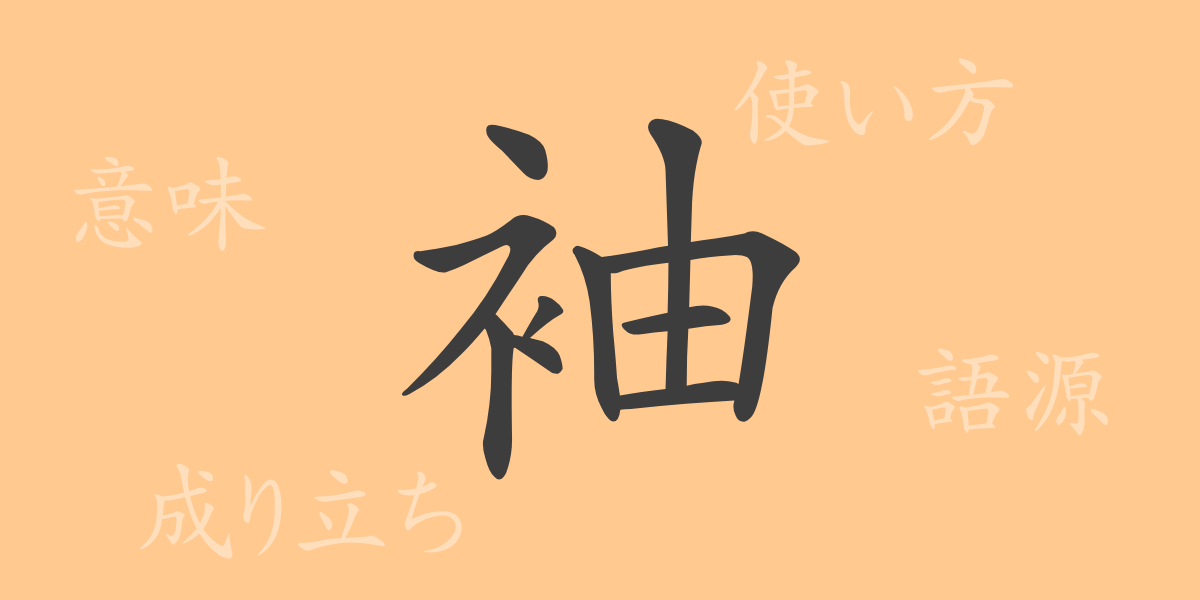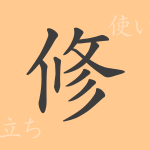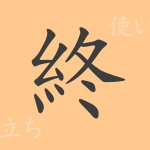The depth of Japanese culture and language is vividly expressed through its unique characters, kanji. Even a single character like “袖(そで, sode)” carries a wealth of meanings and expressions closely related to Japanese life and emotions. This article delves into the multifaceted nature of the kanji “袖(そで, sode),” exploring its origins, meanings, usage, and commonly used idioms and phrases.
Origin of 袖(そで, sode) (Etymology)
The kanji “袖(そで, sode)” has long been used to refer to a part of clothing. This character is composed of “衣(ころも, koromo)” (clothing) and the pictogram for “手(て, te)” (hand). The combination signifies the part of the clothing through which the hand passes, thus forming the character “袖(そで, sode).”
Meaning and Usage of 袖(そで, sode)
While “袖(そで, sode)” primarily means the part of clothing that covers the arm, it also carries metaphorical meanings. For instance, the phrase “袖にする(そでにする, sode ni suru)” means to ignore someone, often used to describe the distance in human relationships.
Readings, Stroke Count, and Radical of 袖(そで, sode)
The kanji “袖(そで, sode)” has various readings and components:
- Readings: The on’yomi (音読み) reading is “シュウ,” and the kun’yomi (訓読み) reading is “そで.”
- Stroke count: “袖(そで, sode)” consists of 10 strokes.
- Radical: The radical is “衣(ころもへん, koromo-hen),” indicating its relation to clothing.
Idioms, Phrases, and Proverbs Using 袖(そで, sode)
The kanji “袖(そで, sode)” appears in numerous idioms, phrases, and proverbs in Japanese. For example, “袖振り合うも多生の縁(そでふりあうもたしょうのえん, sode furiau mo tashou no en)” teaches that even a brief encounter is due to a connection from a previous life. Another example is “袖の下(そでのした, sode no shita),” a euphemism for a bribe.
Conclusion on 袖(そで, sode)
Understanding the meanings and history behind each kanji is crucial for deepening your knowledge of Japanese. The kanji “袖(そで, sode)” reflects not only Japan’s clothing culture but also human relationships and social customs. Through this article, we hope you can appreciate the diverse charm of “袖(そで, sode).”

























